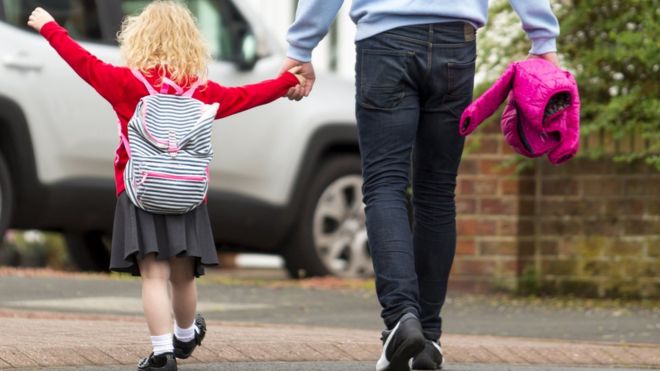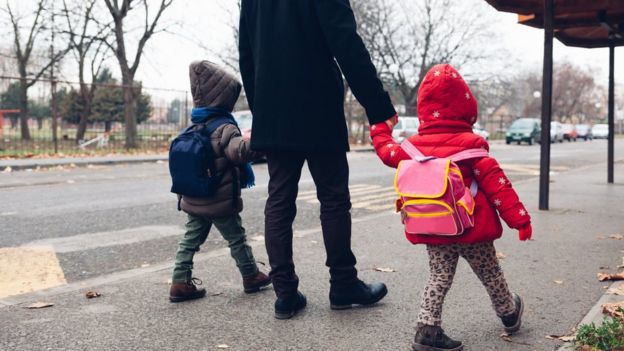
Best schools add £18,600 to average house price
03-24-2017
Best schools add £18,600 to average house price

Being near a good primary school adds £18,600 to the average house price in England, government research has found.
A study by the Department for Education (DfE) has found prices are 8% higher near the best-performing primary schools and 6.8% higher near the best secondary schools.
It said "selection by house price" was restricting access to the best schools.
Property experts said schools affected prices in the same way as high-speed broadband and transport links.
The DfE said one of the top 10% of primary schools in London would put £38,800 on to the value of a nearby home. The average price in the capital was £484,700 in July 2016.
Across England, the average house price of £232,900 would go up £18,600 near one of the best primary schools and £15,800 near one of the best secondary schools.
It is the first time the government has published research of its own on the issue of selection by house price, with banks and estate agents having previously conducted their own studies.
Recent analysis by Teach First found 43% of pupils at England's outstanding secondary schools were from the wealthiest 20% of families, while a separate study by the Sutton Trust suggested poorer children were much less likely to get places at the schools with the best GCSE results.
The DfE study looked at non-selective state schools with the highest proportions of pupils getting level four or five at Key Stage 2 and at least five A* to C grades in GCSEs, including English and maths.
It found:
- There is a "clear link" between the price paid for a home and access to good schools
- House prices near the 10% best-performing primary schools are 8% higher than in the surrounding area
- Near the 10% best-performing non-selective secondary schools, house prices are 6.8% higher

However, the DfE said the difference in house prices "cannot be attributed to school quality alone".
School standards minister Nick Gibb said: "With almost 1.8 million more children in good or outstanding schools than in 2010, more families are able to secure a good school place for their child than ever before. However for too many young people their chances of success still depend on how much money their parents earn and where they can afford to live.
"This new analysis sheds a light on how far selection by house price is restricting ordinary parents' access to the best schools.
"We want to end this unfairness and our proposals will create more good school places in every part of the country, so every child can have the excellent education they deserve."
The government is planning to create more grammar schools, but the proposals have come under fire from a cross-party campaign.
'Prepared to pay more'
Buying agent and market commentator Henry Pryor said: "At long last, the government is confirming what many people have known for years, that being near a good school adds to the price of a home.
"It is all about location, location, location. Good schools put up the price in the same way as high-speed broadband or being near a rail station.
"We will see the same effect at the other end of life, with people prepared to pay more to be near to good hospitals and social care as they get older and rely more on the health service.
"In some cases people will choose to send their children to private school as the fees for doing so are less than the extra they would pay to be near a good state school."
Previous research by Lloyds Bank suggested average house prices in some areas could be 17% higher than average.
Andrew Mason, Lloyds Bank mortgage products director, said: "The popularity of areas close to high performing schools may mean that homes remain unaffordable for buyers on average earnings."

